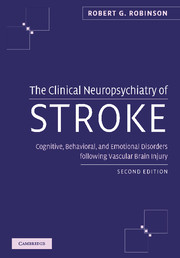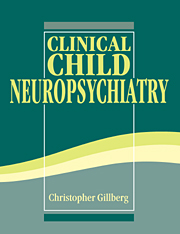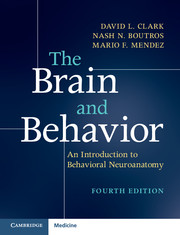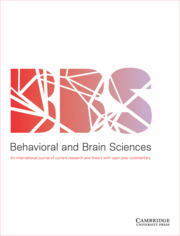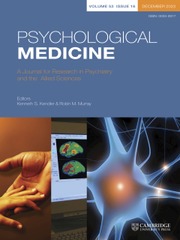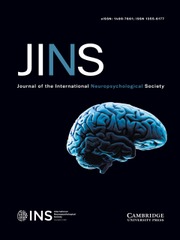The Clinical Neuropsychiatry of Stroke
This second edition covers the range of neuropsychiatric syndromes associated with stroke, including cognitive, emotional and behavioural disorders such as depression, anxiety and psychosis. There is growing recognition among a wide range of clinicians and allied healthcare staff that post-stroke neuropsychiatric syndromes are common and serious. Such complications can have a negative impact on recovery and even survival; however, there is now evidence suggesting that pre-emptive therapeutic intervention in high-risk patient groups can prevent the initial onset of the conditions. This opportunity for primary prevention marks a huge advance in the management of this patient population.
- Revised and updated to reflect the explosion of relevant research
- Comprehensive, cohesive and systematic presentation from a leading researcher in the field
- Describes recent studies in pre-emptive and preventive therapeutic interventions
Reviews & endorsements
Review of the hardback: '… the reader enjoys a structured approach, with sections on prevalence and mechanism of the disorder, before discussion of treatment. Case histories complement the text throughout. Figures, mainly graphical, are clear and well used.' Acta Neurochirurgica
Product details
September 2012Paperback
9781107407428
484 pages
244 × 170 × 25 mm
0.77kg
Available
Table of Contents
- 1. Recent trends in the epidemiology of stroke
- 2. Historical perspective
- 3. Brain organization and cerebral basis of emotion
- 4. Vascular anatomy and classification of stroke
- 5. Diagnosis of depression
- 6. Prevalence of depressive disorders
- 7. Phenomenology and specificity of depressive disorders
- 8. Natural course of depression
- 9. Delayed-onset depression (proofed)
- 10. Relationship to lesion location
- 11. Relationship of depression to cerebral dominance and structural asymmetries
- 12. Relationship of depression to bilateral hemisphere brain injury
- 13. Relationship of depression to physical impairment
- 14. Relationship to cognitive impairment and treatment
- 15. Relationship of aphasia to depression
- 16. Relationship of depression to social functioning
- 17. Relationship to premorbid risk factors
- 18. Mortality and treatment
- 19. Suicidal thoughts and plans
- 20. Biological markers
- 21. Mechanisms of poststroke depression
- 22. Treatment of poststroke depression
- 23. Prevention of poststroke depression
- 24. Prevalence and clinical symptoms
- 25. Clinical and lesion correlates of poststroke mania
- 26. Bipolar disorder following stroke
- 27. Mechanism of mania following stroke
- 28. Treatment of mania following stroke
- 29. Prevalence and specificity of clinical symptoms
- 30. Clinical and lesion correlates
- 31. Longitudinal course
- 32. Relationship of anxiety to outcome
- 33. Mechanism and treatment of poststroke anxiety disorder
- 34. Psychosis
- 35. Anosognosia and denial of illness
- 36. Catastrophic reaction
- 37. Apathy
- 38. Disturbance of prosody
- 39. Irritability and aggression
- 40. Pathological laughing and crying
- 41. Summary and future directions.

